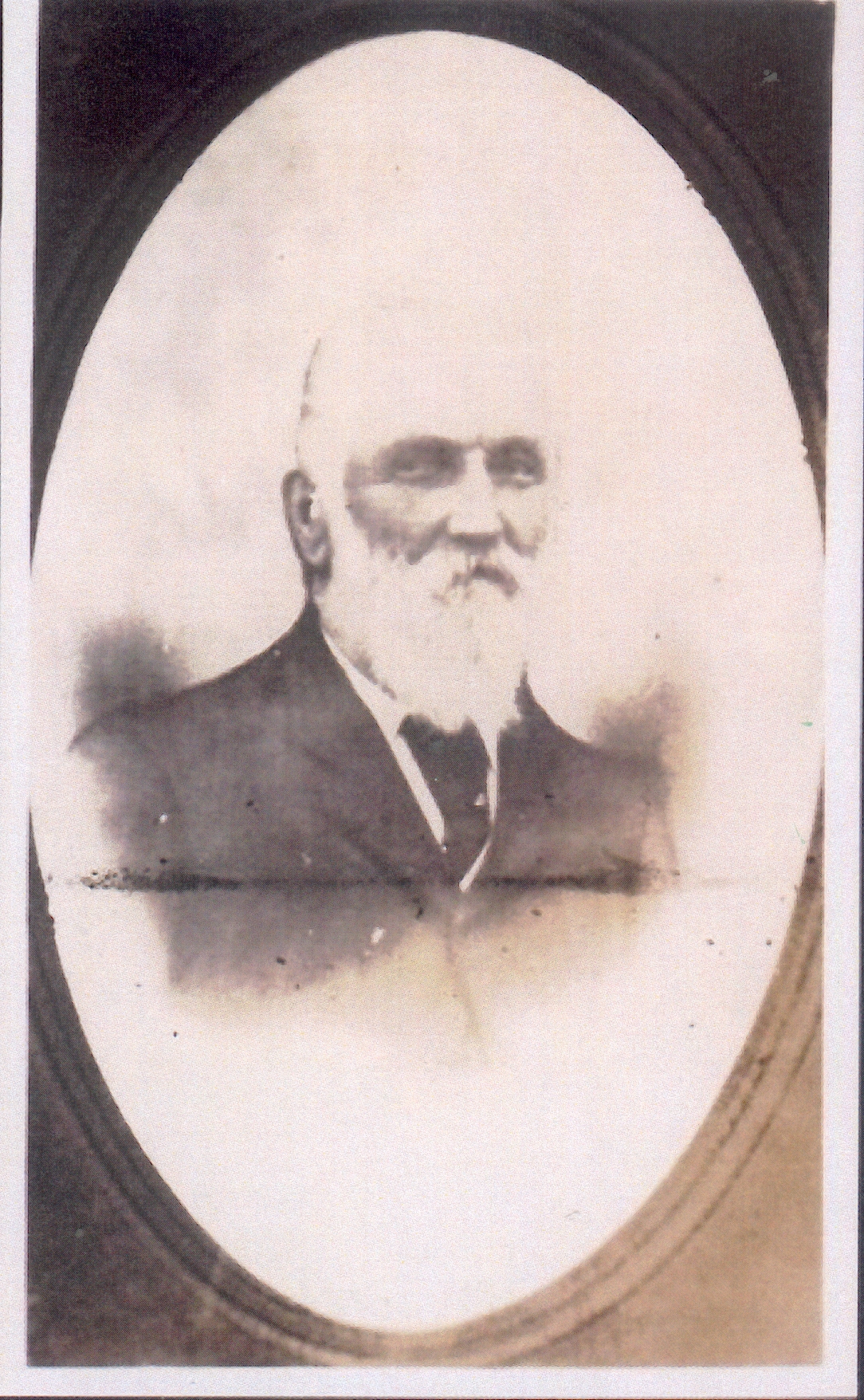The cover has a manuscript ‘O.H.M.S’. and ‘Per Esk’ and was addressed to Mr. K. Broadbent, George Town, Bristol Hotel, Tasmania. It was readdressed in pencil ‘Sydney’and the original address was crossed out in blue crayon, as was ‘314′. The blue ‘TWO PENCE’ QV stamp of New South Wales was cancelled with a duplex O/ MR 25/ 79/ 1/ SYDNEY with the 3-ring oval NSW obliterating the stamp. There was a black boxed ‘ADVERTISED/ UNCLAIMED handstamp as well as a reception postmark of (GEORG)E TOWN/ MAR 31/ 1879. The possible reason why the cover was not re-addressed was that at the LHS of the cover it had a framed embossed ‘AUSTRALIAN MUSEUM/ SYDNEY/ NEW SOUTH WALES’ which probably ensured its return to the Museum (Figure 1).
The reverse had 2 transit postmarks, the first on entry to Tasmania at LAUNCESTON/ H/ MR 28/ 79/ TASMANIA, the other being the exit at LAUNCESTON/ H/ 31/ 79/ TASMANIA, as well as a duplex arrival at E/ AP 4/ 79/ 1/ SYDNEY with the 3-ringed oval N.S.W. obliterator. An interesting feature was that the Museum embossing appears as a mirror image on the reverse (Figure 2).
This cover was a part of the Edward Pierson Ramsay, Curator of the Australian Museum, Sydney correspondence, for Kendall Broadbent had supplied specimens of birds to Ramsay for the Museum’s collection.
The best information concerning Kendall Broadbent’s scientific work was found in his obituary in the scientific journal The Emu of 1 July 1911, page 62, with minor supplementation about his family members. Mr. Kendall Broadbent died on the 16 January last at his residence, Stoneleigh-street, Albion, (Brisbane?), at the age of 73 years. He was born in Yorkshie, England, in 1837, and arrived in Victoria some 58 years ago, and was engaged with his father in Contracting work. Relinquishing this, he turned his attention to ornithology, and he was recognised as a authority on the Australian avifauna. For the last 30 years he had been attached to the Queensland Museum staff as collector and taxidermist. He visited New Guinea as a member of the Stone expedition about 38 years ago, contracting fever, which practically never left him. On one occasion he was ship wrecked near Hinchinbrook Island, suffering severe privations. The Queensland Museum has lost a tried and trusty friend, a naturalist of no mean order, and on who will be sorely missed and hard to replace. The previous museum curator writes that it would be difficult to find Mr. Broadbent’s superior, even at 60 years of age. He had every qualification for the work and was happy in exercising it.
Members of the R.A.O.U. who visited Brisbane during the annual session last year will recollect his kind and courteous bearing when showing the ornithological collections. He had traversed the whole of the eastern Australia and Tasmania, besides making several trips to New Guinea his trips included Portland Bay (1858), Gippsland (!862), Brisbane Scrubs (1864), Darling Downs (1865), Cardwell and Maria Expedition to New Guinea (1873), Cape York, Gulph of Carpentaria and New Guinea (1874-75)… and Bellenden-Ker Range (1889).
He is survived by his widow, a son (of the Justice Department, Queensland) and three daughters. A picture showing Mr. Kendall Broadbent is seen in Figure 3.
